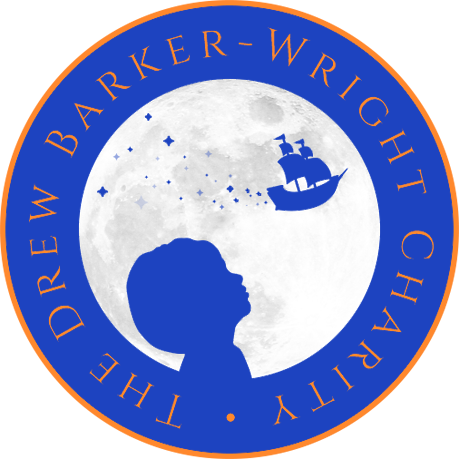Advances in chordoma research
Paediatric Chordoma Guide
A great deal has been learned about adult chordoma in the past 10 – 15 years. Much of this knowledge has come from the study of tissue and blood samples from patients with chordoma.
The generation of several chordoma cell lines has also been extremely useful to study chordomas. A cell line is a population of genetically identical cancer cells that have been grown in the laboratory after taking a sample of cells directly from a patient. A cell line is referred to as a model of disease and allows researchers to study biological processes unique to one type of cancer.
Tissue and blood samples from chordoma patients have so far helped to:
- identify specific proteins and genes that play a key role in the growth of chordomas, for example, the brachyury protein
- identify new targets for drug development, for example, how to “silence” the brachyury protein
- screen over 1,000 drug compounds that might be effective in the treatment of chordoma
- determine which of these drug compounds should be taken forward to test in patients in clinical trials
Whilst many of the findings about adult chordoma will be relevant to paediatric chordoma, there is still a lot that we don’t yet know about it and it remains understudied.
Words in bold are explained in a glossary.
Paediatric Chordoma Guide

Supporting research: tissue and blood samples
To advance research into paediatric chordoma, tissue and blood samples are needed from children with chordoma. When a tissue sample is taken from your child it should only be for helping to diagnose and/or treat your child appropriately. Sometimes, there might be some of the sample that is surplus to these requirements – this can be a very valuable resource for research, but doctors and researchers can only use such a sample with the consent of a parent or guardian.
A doctor may approach you before your child is due to have surgery and ask for your consent to take a sample from your child while they’re asleep during surgery. Or they may ask for your consent to take a little extra blood for research purposes when a blood sample is being taken for other purposes. This can seem inappropriate, or even a little offensive, when your minds and hearts are so focussed on getting your child (and indeed your whole family) through an extremely challenging time. It can be very difficult to think about this when you are struggling with so much else. Unfortunately, however, if your consent is not obtained prior to surgery it may mean that some important research into paediatric chordoma cannot be carried out.
Whether or not you provide consent is entirely your choice. We mention it here so that perhaps you can carve out a little bit of time to think through whether you would want to give consent should you be asked – to be forewarned is to be forearmed.
Join the UK based Study
Since its founding, The Drew Barker-Wright Charity has supported the work of Adrienne Flanagan and her UK Chordoma Study. If your child has been diagnosed with paediatric chordoma and you would like to reach out to the team to join the UK based study and make sure they are aware of your diagnosis, please contact their Biobank and Chordoma coordinator at The Royal National Orthopaedic Hospital.
Supporting research: funding
So, why is funding research for ultra-rare childhood cancers so important?
Only £3 in every £100 spent on cancer research goes to childhood cancers. Treatment options, cure rates and research for paediatric chordoma fall well beneath other childhood cancers.
When we set up the DBW Charity as a legacy to our little boy, we felt passionately about funding specific projects to help progress chordoma research and improve the chances of survival for other children and their families.
You can find out more more about our research funding.

